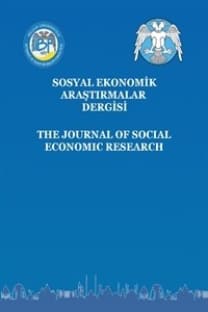RELIGION AND STATE IN THE EUROPEAN UNION
In November 2009 the European Court of Human Rights made a ruling which has ordered the removal of crucifixes in Italian schools on the basis that they constitute “a violation of pupils’ religious freedom”. Almost at the same time the citizens of Switzerland decided in the referendum vote that they want to ban the building of minarets. In other countries of the European Union such as France, Belgium or the Netherlands the issue of displaying the religious symbols has become again an important political and social problem in the context of the planned full-face veil ban. Central European countries like Poland, Czech Republic or Slovakia have been facing the unsolved issues of restitution of Church property despite the fact that over two decades have passed since the collapse of communism. All these events, accompanied by dozens of smaller incidents taking place at more local and less public level, have become an incentive for another phase of the debate on the place of religion in Europe, the discussion that has not only been present in the public arena for the last years but has even escalated compared to the previous decades. Though the nature and the weight of the problems referring to the relations between the state and religion is different in different countries everywhere, it poses the question whether the common, all-European consensus in this area will ever be reached and what the final placement of religion in such a broadly accepted formula would be. The article aims to present the complex picture of Church-state relations in Europe in the context of the intensification of all-European debate on the place of religion in the European Union. It shows that in spite of the widely recognized secularization thesis in western social sciences most European countries are hotspots for various problems involving the religious dimension and the question about the future role of the religion in Europe is still to be answered.
